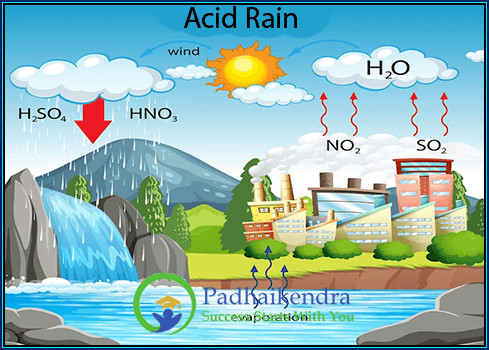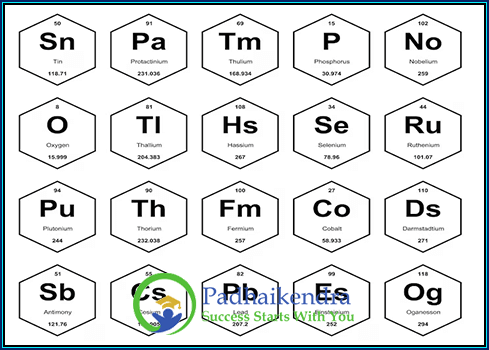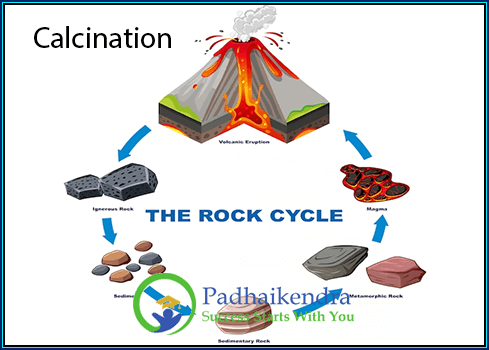ATP (Adenosine Triphosphate) is a molecule that stores and transports energy within cells. It is often referred to as the “energy currency” of the cell because it is used to power many cellular processes. ATP is composed of three phosphate groups, a ribose sugar, and an adenine base.
When ATP is broken down into ADP (Adenosine Diphosphate) and inorganic phosphate (Pi), energy is released. This energy can be used to power a wide range of cellular processes, such as muscle contraction, nerve impulse transmission, and protein synthesis.
ATP is produced through the process of cellular respiration, which can occur through aerobic or anaerobic respiration. During cellular respiration, organic molecules, such as glucose, are broken down into carbon dioxide and water, and the energy released is used to produce ATP. The ATP can then be used to power cellular processes.
ATP is constantly being used and recycled in the cell, with the energy from the breakdown of one ATP molecule being used to regenerate another. This process of energy transfer is essential for the survival and function of all living organisms.
Adenosine Triphosphate (ATP) FAQs
Adenosine triphosphate, or ATP, is a molecule that serves as the primary energy currency in living cells. It is composed of adenosine, a ribose sugar, and three phosphate groups. ATP is involved in various cellular processes, providing energy for metabolic reactions, cellular work, and other vital functions.
ATP is primarily produced through cellular respiration, specifically during the process of oxidative phosphorylation. In this process, glucose and other fuel molecules are broken down in the presence of oxygen, releasing energy. This energy is used to generate ATP by adding inorganic phosphate (Pi) to adenosine diphosphate (ADP), forming ATP.
ATP functions as an energy carrier within cells. It stores energy in its high-energy phosphate bonds, which can be readily broken to release energy for various cellular activities. When ATP is hydrolyzed, it loses a phosphate group and becomes adenosine diphosphate (ADP), releasing energy that can be used by cells to fuel biochemical reactions.
ATP is often called the "universal energy currency" because it is used by all living cells as a source of energy. Regardless of the organism or the specific metabolic pathway, ATP serves as the primary molecule for transferring energy within cells. This commonality makes ATP a universal currency for energy transactions in biological systems.
ATP is involved in various cellular processes and functions, including muscle contraction, active transport of molecules across cell membranes, DNA and protein synthesis, nerve signal transmission, and many other biochemical reactions that require energy. ATP's role extends to nearly all aspects of cellular metabolism and enables cells to carry out their essential functions.
ATP cannot be efficiently stored in cells for extended periods. Cells maintain only small quantities of ATP at any given time due to its constant production and utilization. Instead, cells rely on continuous ATP synthesis to meet their energy demands and tightly regulate ATP levels to ensure energy availability when needed.
Yes, ATP can be recycled or regenerated within cells through processes like cellular respiration and photosynthesis. When ATP is hydrolyzed to ADP and inorganic phosphate (Pi) during energy-requiring reactions, it can be regenerated back to ATP through the addition of phosphate groups using energy from metabolic processes.
While ATP is the primary energy carrier in cells, other molecules, such as guanosine triphosphate (GTP), also play roles in energy transfer within cells. GTP functions similarly to ATP and is involved in specific cellular processes, such as protein synthesis and signaling pathways. However, ATP remains the predominant energy currency in most cellular activities.





